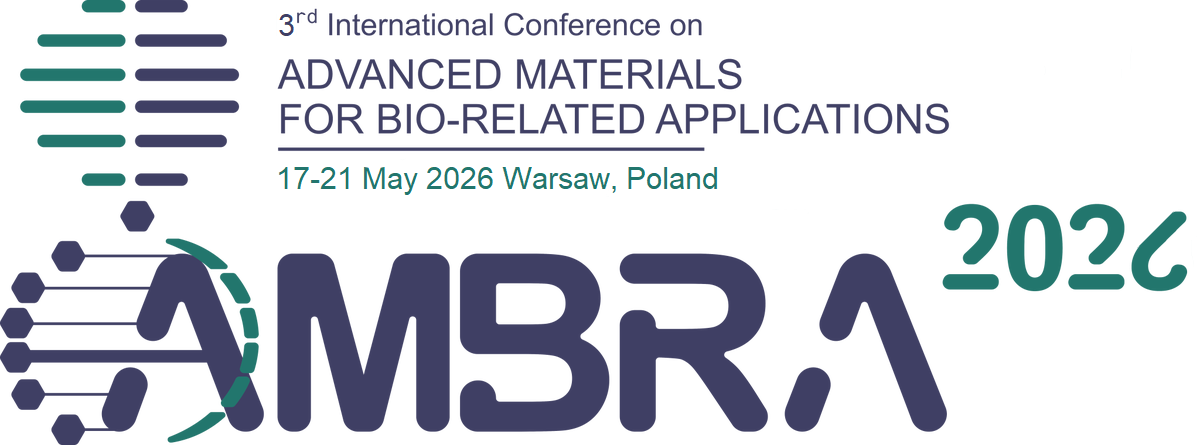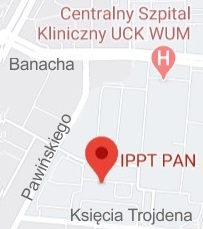| 1. |
Eghbalian M.♦, Hashemi M. J.♦, Nikparsa A.♦, Ansari R.♦, Sahmani S., Postek E., Exploring mechanical properties of Net Y: A molecular dynamics examination on the impact of defect density and temperature gradients under uniaxial tension,
COMPUTATIONAL MATERIALS SCIENCE, ISSN: 0927-0256, DOI: 10.1016/j.commatsci.2025.114049, Vol.258, No.114049 , pp.1-18, 2025 Streszczenie:
After the synthetization of graphene, various carbon allotropes with remarkable applications have emerged in
the material science. Net Y, closely related to Net C, is a novel carbon allotrope with exceptional properties. This study employs the molecular dynamics simulation to predict key mechanical characters of Net Y subjected to a uniaxial tension, including the failure strain as well as stress, Young’s modulus, and strain energy. A detailed tension distribution analysis is provided to explore its mechanical behavior further. The numerical results reveal that the defect density and temperature gradients significantly influence the mechanical performance of Net Y.
The nanosheet exhibits over twice the failure stress and 1.5 times the failure strain along with the X direction
than the initial failure stress and strain observed along with the Y direction. Also, it is demonstrated that the ultimate failure stress as well as strain along with the Y direction are more significant due to a substantial failure region in the associated stress–strain path. Furthermore, it is observed that the Young’s modulus declines consistently allocated to a higher defect density, decreasing by approximately 17 % via increasing the defect density from 0.5 % to 2 % along with the X direction. Moreover, the quantity of strain energy increases with the number of ribbons, reaching 1.58 × 10^(-26) eV and 3.99 × 10^(-26) eV along with the X and Y directions, respectively. The study also emphasizes the importance of defect location and structural stability through the tension distribution analysis. Słowa kluczowe:
Carbon allotrope, Net Y, Molecular dynamics simulation, Mechanical properties Afiliacje autorów:
| Eghbalian M. | - | inna afiliacja | | Hashemi M. J. | - | inna afiliacja | | Nikparsa A. | - | inna afiliacja | | Ansari R. | - | inna afiliacja | | Sahmani S. | - | IPPT PAN | | Postek E. | - | IPPT PAN |
|  | 100p. |
| 2. |
Amirhossein N.♦, Ansari R.♦, Eghbalian M.♦, Sahmani S., Postek E., Novel insights into mechanical behavior of hydrogen-functionalized TPG and NTPG nanosheets via molecular dynamics simulations,
COLLOIDS AND SURFACES A-PHYSICOCHEMICAL AND ENGINEERING ASPECTS, ISSN: 0927-7757, DOI: 10.1016/j.colsurfa.2025.138110, Vol.726, No.138110, pp.1-13, 2025 Streszczenie:
Triphenylene-based graphdiyne (TPG) and nitrogen-doped TPG (NTPG) are recently developed two-dimensional nanomaterials with promising mechanical and electronic potential. The current study presents the first exploration of the hydrogen-functionalized TPG and NTPG nanosheets subjected to a uniaxial tensile loading condition using molecular dynamics simulations. The developed computational approach introduces a novel random functionalization scheme to improve the attributed structural stability. The Tersoff potential is employed to model the intra-layer interactions within the TPG. On the other hand, the interactions at the site of functionalization are described by the Dreiding force field for C and H atoms, supplemented by the Lennard-Jones (LJ) potential. The minimization process is applied via the conjugate-gradient technique, and following that, the system undergoes a canonical ensemble (NVT) simulation at 300 K with a timestep of 0.001 ps. In this step, the Nose–Hoover thermostat algorithm controlled the fluctuation of thermodynamic parameters, and the structure
surpassed a stable status. The achieved numerical results demonstrate that hydrogen coverage significant influences on the mechanical behavior, including failure stress and strain, Young’s modulus and toughness of TPG as well as NTPG nanosheets. For the both of nanosheets, increasing the hydrogen functionalization from
2.5 % to 10 % results in a consistent decline in mechanical properties. In the X direction, TPG shows a reduction
in ultimate stress from 15.08 GPa to 9.47 GPa, while NTPG drops more sharply from 30.87 GPa to 18.38 GPa. A similar trend is observed across the Y direction, with TPG decreasing from 11.42 GPa to 9.29 GPa, and NTPG from 30.35 GPa to 22.69 GPa. Słowa kluczowe:
Triphenylene graphdiyne, Nitrogen-doped TPG, Hydrogen functionalization, Molecular dynamics simulation, Mechanical properties, Afiliacje autorów:
| Amirhossein N. | - | inna afiliacja | | Ansari R. | - | inna afiliacja | | Eghbalian M. | - | inna afiliacja | | Sahmani S. | - | IPPT PAN | | Postek E. | - | IPPT PAN |
|  | 70p. |


















